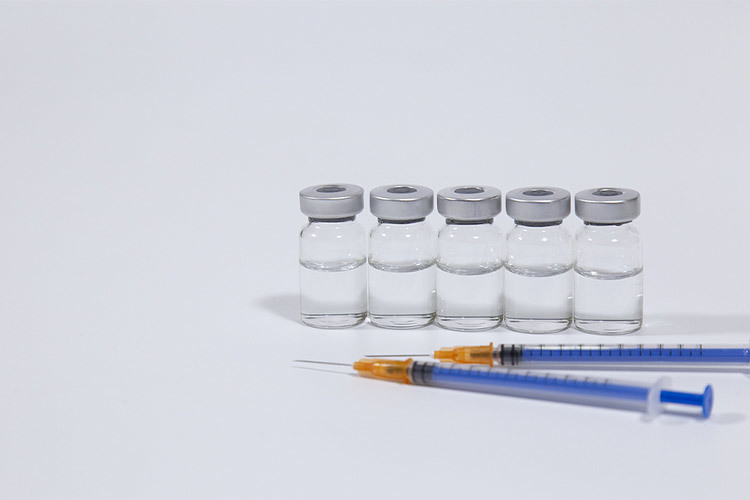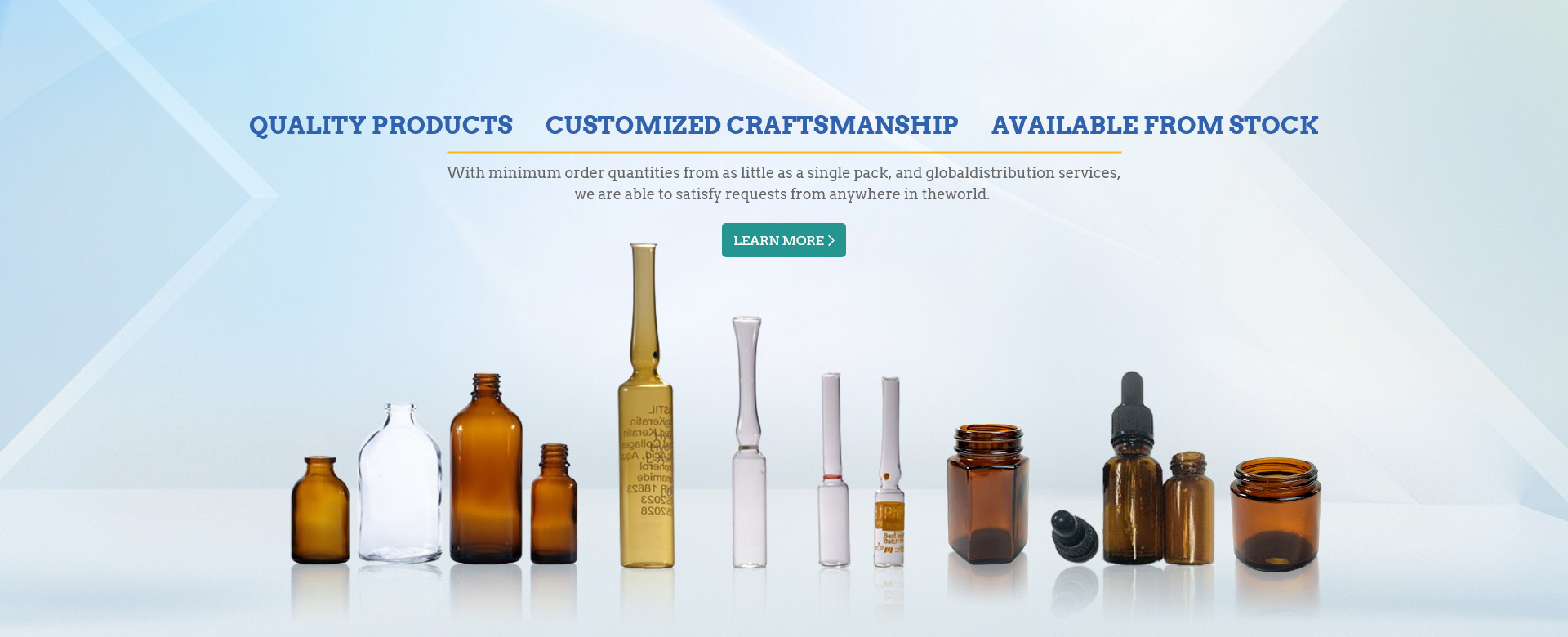Support customization and sample delivery!
Disposal of Discarded Glass Vials
Author:
Munan Glass
Date:
2025-07-04
Read:
Vials are a common type of medical waste, usually made of glass or plastic. Traditional treatment methods mainly include incineration and landfill. However, incineration may produce harmful gases, and landfill will occupy land resources.

Here are some innovative treatment ideas:
1. Remanufacturing of glass vials: Clean, disinfect and process glass vials and reuse them to make new glass products. For example, in a pilot project in cooperation with Sanofi, unused vials are recycled, melted as raw materials, and reused to produce new pharmaceutical glass packaging.
2. Modification and utilization of plastic vials: Plastic vials can be recycled and made into other plastic products, such as plastic granules, plastic sheets, etc., for packaging, construction, automobiles and other fields.
3. Energy conversion: Use pyrolysis technology to convert waste vials into energy, such as fuel oil or gas, to achieve energy recovery of waste.
4. Material innovation: Develop new biodegradable materials to replace traditional vial materials, reducing the generation and difficulty of waste treatment from the source. For example, the EZ-fill Smart platform has explored the use of biopolymers and recycled plastics.
5. Enterprise cooperation to achieve circular economy: Enterprises can achieve the recycling of vials through cooperation. For example, the EZ-fill Smart platform launched by Stevanato Group and Gerresheimer Group of Germany fully utilizes a higher degree of automation in the production process to improve production capacity and reduce human errors. It also avoids contact between glass and glass and between glass and metal, improves the quality and integrity of vials throughout the product life cycle, and explores more environmentally friendly sterilization methods.
6. Optimize the recycling system:
Establish a convenient recycling network: The government and enterprises increase investment, set up more recycling sites, improve recycling efficiency, and encourage social capital to participate in the waste recycling industry to promote its scale and professional development. Improve public participation: Strengthen garbage classification publicity, clarify the classification standards for different types of waste, improve the public's awareness and ability of classification, so that waste such as vials can be reasonably classified at the source, providing convenience for subsequent recycling.
7. Efficient cleaning technology helps recycling: Ultrasonic bottle washing process, using ultrasonic rough washing and high-pressure water multi-stage heavy washing, makes the vials meet the cleanliness requirements, reduces the breakage rate of glass bottles, and improves the utilization rate of vials. Its production capacity is 3-4 times that of the brush bottle washing machine, and the water consumption is reduced by 1/4.
In short, it is the responsibility of each of us to properly handle waste items. For special waste such as discarded vials, it is necessary to continuously explore innovative treatment methods to achieve environmental protection and effective use of resources.
Related news
Related products
PRODUCT CATEGORY


















